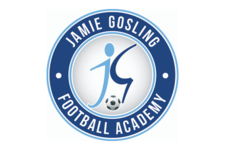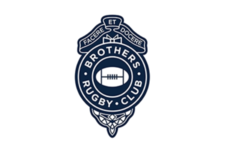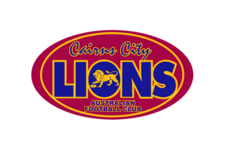
 How we get netballers back on the court
How we get netballers back on the court
By Lauren Sambell, Physiotherapist
Netball is the most popular team sport in Australia; it also has the highest rate of female participation in the world.
And I love it!
Netball is dynamic, fast-paced and involves sudden changes of speed and direction, jumping, landing and pivoting; as a result it is no wonder injuries are very common.
In fact in 2012, 4% of all sports related injuries admitted to hospital were from playing netball and 60% of those injuries related to the knee and lower leg.
Treating sports people at PhyxMe is what we do every day, so what injuries do we commonly see with our Netballers?
 Ankle Sprains
Ankle Sprains
Ankle sprains – particularly lateral (outside) ankle sprains – are a very common netball injury. They tend to occur when you land and your ankle rolls outwards. This causes the ligaments on the outside of the foot to stretch and often results in pain, swelling, bruising and difficulty weight-bearing.
There is strong evidence that within one year after injury, athletes have twice the risk of a recurrent ankle sprain (Peterson et al., 2013). Prevention of re-injury is clearly an important part of our rehabilitation goals!
As physios our main goal is to get you back playing as quickly and safely as possible. We guide you through the initial management of the injury (ice, tape, massage and mobilisations) and then design a rehabilitation program to strengthen and prevent re-injury.
Jumpers Knee (Patella Tendinopathy)
The patella tendon is a band of connective that connects the knee cap to the shin bone.
Jumpers knee is a common overuse injury caused by repetitive use of the patella tendon (think jumping, hopping, landing).
At PhyxMe we assess, diagnose, tape and provide strengthening and stretching exercises to help manage the pain, keep your performing and on the court.
Shockwave Therapy is a non-surgical treatment modality for people with jumpers knee and PhyxMe is the only clinic in Cairns offering this therapy.
 Anterior Cruciate Ligament (ACL)
Anterior Cruciate Ligament (ACL)
The ACL is one of four major ligaments that support and stabilise the knee; ACL injuries can occur with rapid deceleration, change of direction movements where the foot is planted, and poor landing mechanics. Unfortunately it is a very common injury for Netballers.
An ACL injury is usually accompanied by significant pain and swelling; there is sometimes an audible pop. As the swelling starts to subside, the knee can feel unstable and weak.
Not all ACL injuries require surgery – it depends on a number of factors including age, extent of the injury, goals to return to sport, etc.
Your physiotherapist can help arrange an MRI to determine the extent of the injury. Regardless of whether you opt to have surgery or not, they will develop a comprehensive rehabilitation plan to regain good functional stability, restore muscle strength, prevent re-injury and help you to achieve your best possible functional level.
Book an appointment to have your injury assessed by one of our physiotherapists.




















